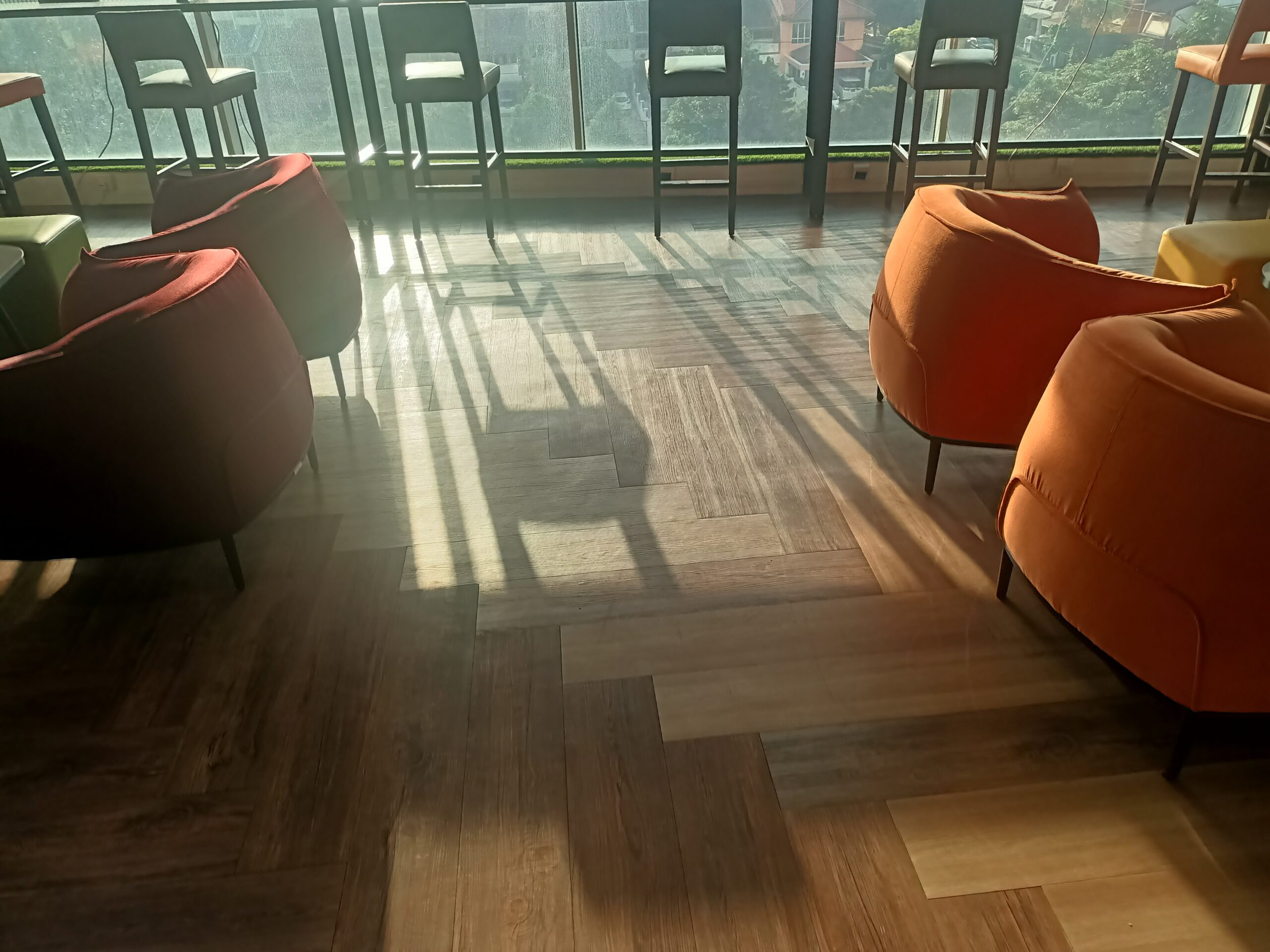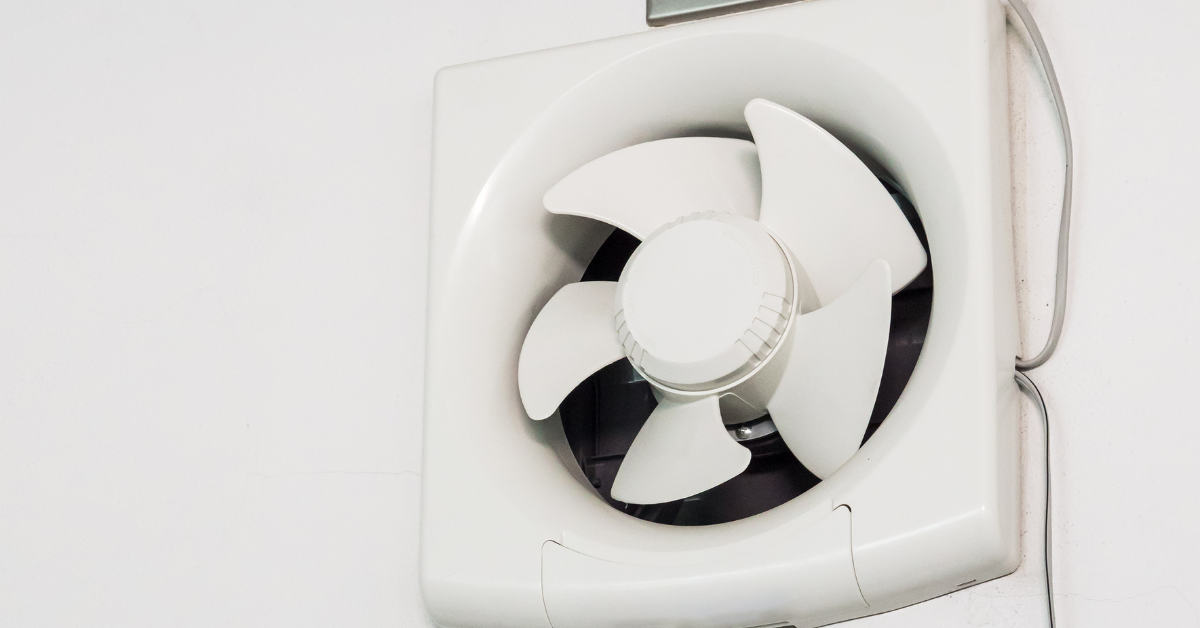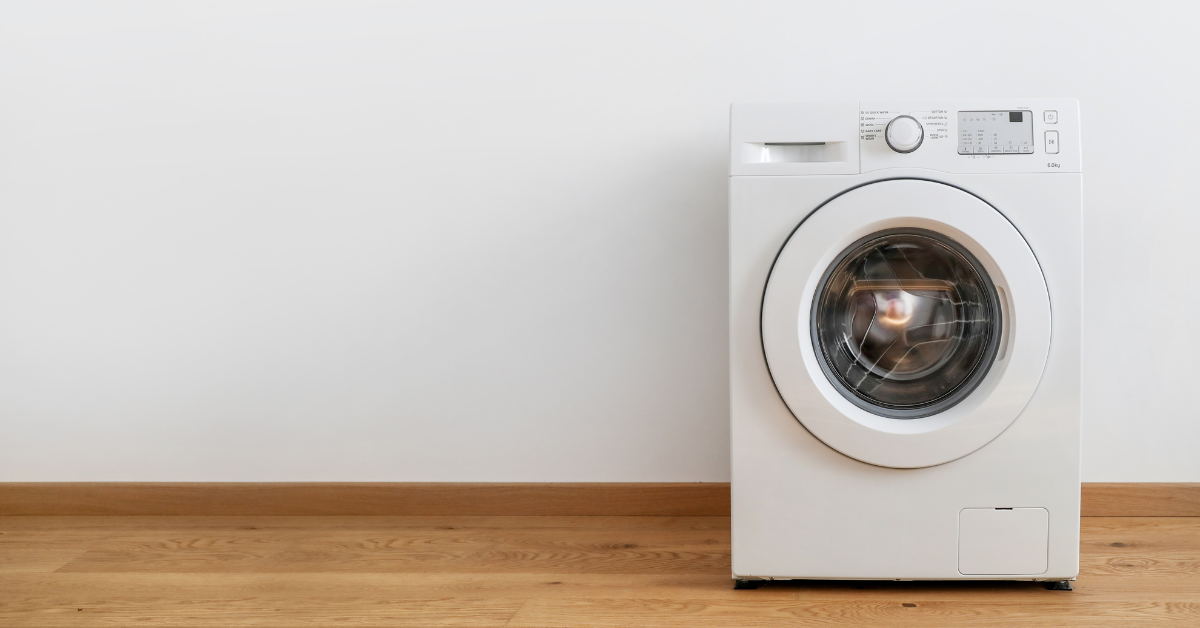Soundproofing your windows eliminates a major entry point for noise. Even if you have double glazing, your windows will likely let in much more noise than your walls.
In this guide, we’ll look at how to soundproof windows, presenting nine of the most effective options. We’ll cover simple, cheap soundproofing solutions for your windows, as well as noise reduction measures that require more investment.
Skip to our 9 effective options for soundproofing windows:
- Seal air gaps
- Window plug
- Double glazing
- Noise reduction curtains
- Double cell shades
- Quilted fiberglass absorber
- Window insert
- Acoustic glazing
- Storm windows
#1 – Seal air gaps
If it sounds obvious, that’s because it is! Noise can penetrate through the small gaps between the window frame and your interior walls. Whether you have double glazing or single-pane windows, it’s important that you seal all the gaps around your windows to prevent noise from entering.
Aside from noise reduction, sealing gaps around your windows is also important for thermal insulation, ensuring heat doesn’t enter during the summer, and that cold air doesn’t get in during the winter.
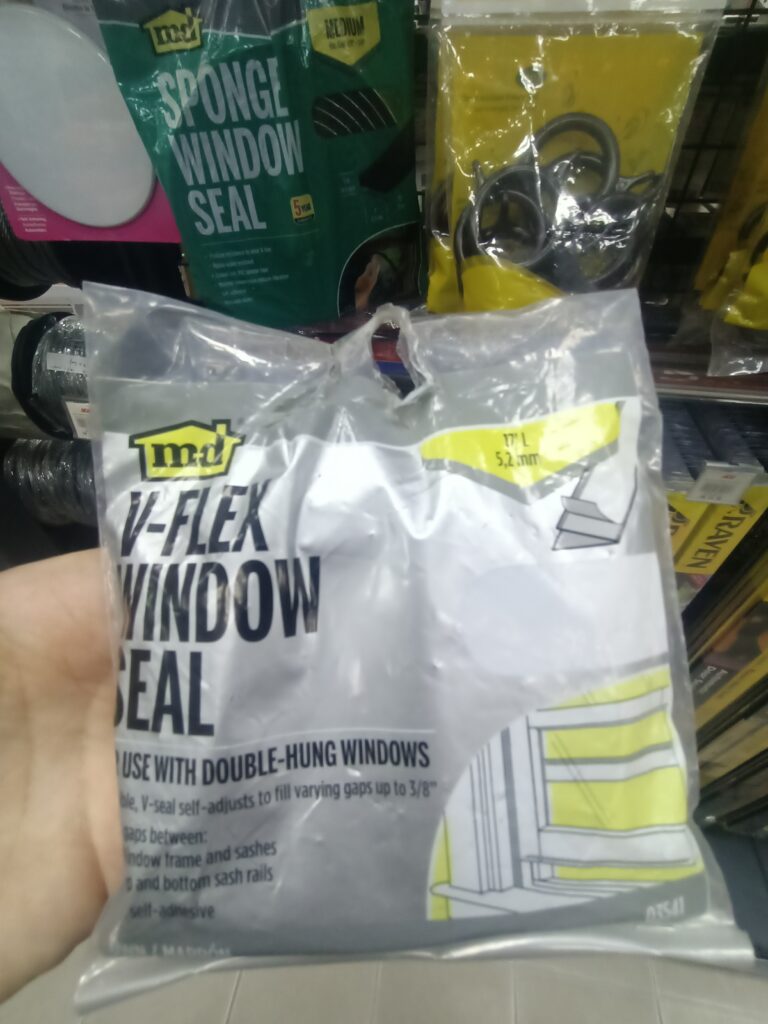
A good acoustic sealant such as acoustic caulk – a latex-based substance – is designed to fill gaps around the edges of your windows and prevent noise from filtering through.
How to seal air gaps around a window
Sealing air gaps is a careful process that begins with removing any existing trim (the molding around a window that covers the space between a window’s edges and the wall around it).
- After cleaning the window frame, the caulk can be applied to any gaps or cracks using a caulk gun.
- Continuously run a bead along the gaps and smooth it down with a caulk smoother, a tool designed for the task.
- Once the caulk has dried, you can test for any additional gaps by running your hands all along the window edges. If you sense any kind of draft, the sealant may need to be reapplied.
#2 – Window plug
Window plugs are inserts that sit on the inside of a window, blocking, absorbing, and reflecting sound.
They are fitted into the dry wall above and below, and to the sides of a window. Window plugs are made up of three basic elements; 1) wooden or medium density fiberboard (MDF) boards, 2) soundproof matting, and 3) acoustic insulation (usually foam).
You can have them custom-made by manufacturers. Although they can cost several hundred dollars, window plugs one of the most effective ways to soundproof your window.
But window plugs are also ‘DIY-able’. Here’s an outline of how to make them:
How to install a window plug
- Accurately measuring your window is critical. You must record the right height, width, and depth.
- Cut pieces of medium density fiberboard (MDF) or plywood to fit the window’s measurements. The board thickness should equal the window frame’s depth.
- Attach soundproof matting or fabric – such as mass loaded vinyl (MLV) – to the board. This can be done with glue or a staple gun.
- Cut acoustic insulation to fit the frame. Acoustic foam works best. Glue it onto the soundproof matting using green glue or another suitable adhesive.
- Flip over your window plug and attach handles; these will make the window plug easier to install and take out whenever you need to. You could use handles such as stainless steel kitchen handles or cabinet nobs. The type of handless you choose will depend on the weight and dimensions of your window plug.
We found this great article on making a window plug. It gives you a more in-depth step-by-step guide on the DIY process
#3 – Double glazing
If you can afford it, double glazing is an excellent method of how to soundproof windows. Unless you live in a noisy area, double glazing may be all you need for insulation sufficient to keep out surrounding noise.
For those of us without double glazing in our property, getting new double glazing fitted can cost $10,000 and upwards.
A cheaper option is to install retrofit double glazing, which uses your existing joinery to convert single glazing to double glazing. You can expect retrofit double glazing to cost about a third of the price of new double glazing.
How effective is double glazing? Double-glazed windows have a Sound Transmission Class (STC) 41. This means loud speech is audible as just a murmur from the other side of the window.
#4 – Noise reduction curtains
Whether you want to soundproof windows at home, work, or in a recording studio; there are curtains that can do a great job of noise reduction.
Note that very few curtains can claim to block out noise completely. But noise reduction curtains absorb and block sound waves, reducing noise significantly.
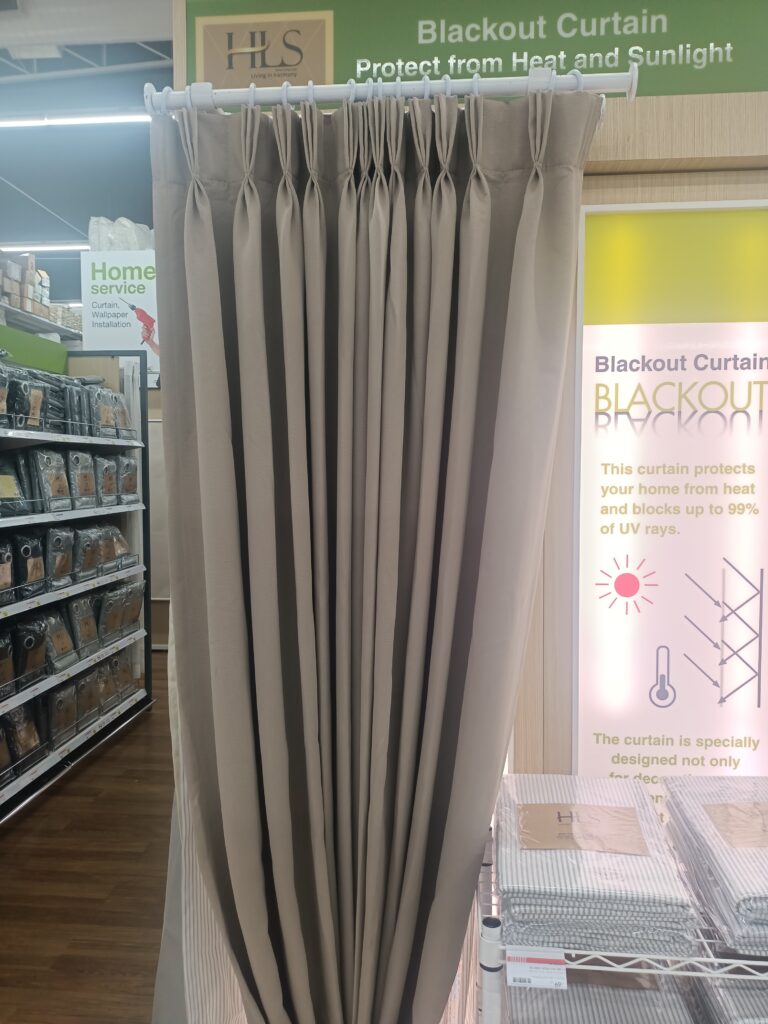
Noise reduction curtains are manufactured from polyester, cotton, velvet, linen, and other types of insulating material.
Noise reduction curtains offer several other benefits aside from blocking noise…
The benefits of noise reduction curtains
- Block sound waves, reducing noise
- Offer privacy
- Block out light
- Improve acoustics within a room
- Offer thermal insulation, making your home more energy efficient
#5 – Double cell shades
If you’re looking for a quick and simple method of reducing the noise coming through your window, consider fitting some double cell shades.
Double cell shades are twice as thick as standard shades. They have a honeycomb construction, being two rows of hexagonal cells stacked together. This provides more insulation than your standard single cell shades and does a better job of keeping out noise.
Aside from offering noise reduction by absorbing sound waves more effectively than single cell shades, double cell shades also offer other benefits, such as; energy efficiency, reducing both heat loss and gain; offering sound absorption without an aesthetic disadvantage; light control, blocking out more external light and providing more privacy; and durability, as two-layer shades are more durable than one.
Double cell shades are easily fitted and come in a range of colour and style options. They are a good fuss-free option for dampening external noise.
#6 – Quilted fiberglass absorber
Quilted fiberglass panels are effective for sound absorption. The porous fiberglass and quilted fabric creates air pockets that trap and disperse sound waves.
The panels consist of fiberglass insulation encased in a durable fabric. The fabric is usually quilted – not only does this make it stronger than unquilted fabric, but it is easier on the eye.
The panels are installed by placing their eyelets around hooks that are screwed in place around your windows.
Quilted fiberglass absorbers will block the light from coming through your window. This may make them more appealing for recording studios or home cinemas rather than bedrooms or living rooms. However – because the panels can easily be put on and taken off as required, there’s nothing to stop you from using them in your bedroom or any other room, especially if you want to block out light to create a better sleeping environment.
#7 – Window insert
There are window plugs, and then there are window inserts.
The difference between a window plug and a window insert: A plug is a removable object that is designed to fit snugly within your window frame or is attached with magnetic strips, while an insert acts as a replacement window, and may or may not be removable.
There are a broad variety of acoustic window inserts available, many of them manufactured from lightweight-but-strong acrylic glazing. It’s important to purchase one that fits your window precisely and doesn’t leave any gaps. This is to ensure noise can’t enter due to substandard fitting. Retailers will typically custom-make window inserts, manufacturing them according to the measurements you provide.
Window inserts offer better insulation than window plugs, but are more expensive and may be harder to remove. They are a good option if you want a highly effective barrier against noise that doesn’t require replacing your windows.
#8 – Acoustic glazing
Acoustic glazing is a type of glass that reduces noise transmission through to your property.
You can find acoustic glazing in various thicknesses. It’s made of several layers of glass and an interlayer that absorbs sound.
The thickness of acoustic glazing will determine the extent of noise reduction. Acoustic glazing can reduce noise by 25 dB more than standard double glazing.
Replacing standard glazing with acoustic glazing is one of the most effective ways to reduce noise coming through your windows. However, note this method is expensive. There have been reports of window frames warping due to the extra weight which acoustic glazing carries.
You should assess your room thoroughly and identify the weakest links for soundproofing before you decide on a costly option such as acoustic glazing. That’s because if noise is entering elsewhere – such as through a door, wall, or somewhere else in the structure – your acoustic glazing won’t soundproof your room entirely. You may have to take further steps such as soundproofing a wall or door, too.
#9 – Storm windows
You can think of storm windows as reverse window inserts. They sit on the outside, rather than the inside, of your existing window pane or panes.
The extra layer of glass that storm windows provide – as well as the insulating air space between the panes – blocks sound transmission and reduces noise. Storm windows are made out of materials such as acrylic; a durable, transparent glass substitute.
Protecting your existing windows from strong winds, storm windows are common in regions that experience extreme weather conditions, including tornadoes and hurricanes. They can prevent your inner pane from shattering.
Storm windows can be a good option if you have single-pane windows. Aside from reducing noise, they can increase the security of your property and will help with energy efficiency.



